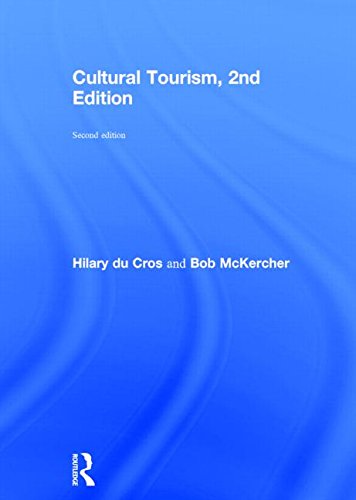

Most ebook files are in PDF format, so you can easily read them using various software such as Foxit Reader or directly on the Google Chrome browser.
Some ebook files are released by publishers in other formats such as .awz, .mobi, .epub, .fb2, etc. You may need to install specific software to read these formats on mobile/PC, such as Calibre.
Please read the tutorial at this link: https://ebookbell.com/faq
We offer FREE conversion to the popular formats you request; however, this may take some time. Therefore, right after payment, please email us, and we will try to provide the service as quickly as possible.
For some exceptional file formats or broken links (if any), please refrain from opening any disputes. Instead, email us first, and we will try to assist within a maximum of 6 hours.
EbookBell Team

4.7
96 reviewsCultural Tourism remains the only book to bridge the gap between cultural tourism and cultural and heritage management. The first edition illustrated how heritage and tourism goals can be integrated in a management and marketing framework to produce sustainable cultural tourism. The current edition takes this further to base the discussion of cultural tourism in the theory and practice of cultural and heritage management (CM and CHM), under the understanding that for tourism to thrive, a balanced approach to the resource base it uses must be maintained. An ‘umbrella approach’ to cultural tourism represents a unique feature of the book, proposing solutions to achieve an optimal outcome for all sectors.
Reflecting the many important developments in the field this new edition has been completely revised and updated in the following ways:
• New sections on tangible and intangible cultural heritage and world heritage sites.
• Expanded material on cultural tourism product development, the cultural tourism market and consumer behaviour, planning and delivery of exceptional experiences
• New case studies throughout drawn from cultural attractions in developing countries such as Southeast Asia, China, South Africa and the Pacific as well as from the developed world, particularly the United States, Britain, Japan, Singapore, Australia and Canada.
Written by experts in both tourism and cultural heritage management, this book will enable professionals and students to gain a better understanding of their own and each other’s roles in achieving sustainable cultural tourism. It provides a blueprint for producing top-quality, long-term cultural tourism products.